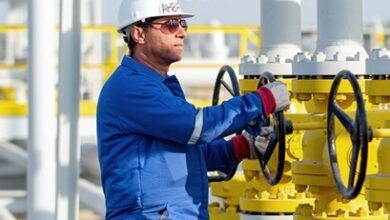Ensign President/COO: Collaborative approach can incentivize investments in innovative automation
By Stephen Whitfield, Associate Editor
In an era of low energy prices and reduced drilling activity, transitioning from mechanization to true automation will be vital to lowering well costs and creating profits. This is a major challenge that oilfield service companies must address as capital investments in new drilling technology have largely stalled in recent years, said Bob Geddes, President and COO of Ensign Energy. In fact, the last major capital infusion came with the push for rig floor mechanization and automation a decade ago, he said in a keynote address at the virtually held 2020 IADC Advanced Rig Technology Conference on 1 September.

To break through existing barriers and spur investment in innovative technologies, Mr Geddes said he believes two things are needed: a contracting model that provides substantive financial incentives to the contractor to improve performance through technology development and adoption; and coordinated rig technology.
“Much like musicians in an orchestra, OFS companies have invested in developing the most technically advanced instruments. But the orchestra, in a lot of cases, is still missing the maestro to conduct them. That maestro, in OFS terms, is coordinated rig technology,” Mr Geddes said.
In the current market, where OFS companies are severely capital constrained and short-term contracting is the norm, automation systems for the rig floor can be difficult to rationalize on a cost/benefit basis. However, there is still a prize to be gained for companies that can effectively tap into the potential of artificial intelligence (AI) and analytics, he said. These emerging solutions can enable better predictive maintenance to reduce downhole incidents and surface equipment failures, as well as enhance process management.
“The rig floor is far from a controlled environment,” Mr Geddes said. “Drilling rigs have to deal with the weather, multitudes of operators, different drilling practices, and the zones we drill are rarely homogenous. This is where AI and machine learning become so critical.”
Mr Geddes acknowledged that more investments will be needed for AI and machine learning systems. They still need to mature and evolve to a point where they enable machinery to have greater cognitive functions so they can actually solve problems and predict outcomes.
Additionally, he suggested that the industry may need to move away from the traditional dayrate model, which “smothers the incentive for innovation.” Instead, adopting a more collaborative approach to contracting – one that better shares the financial risks/rewards among the parties – will help to speed up the pace of adoption of rig controls and automation systems.




